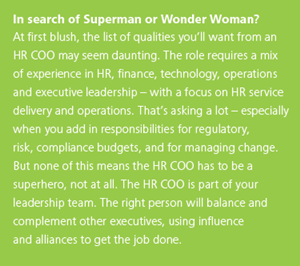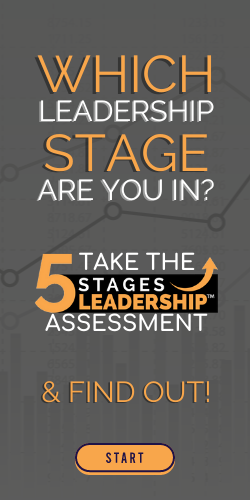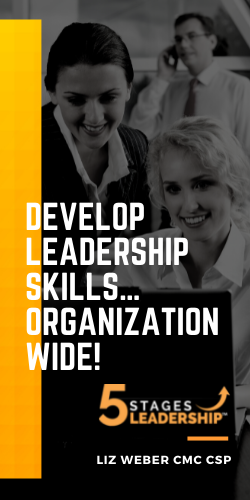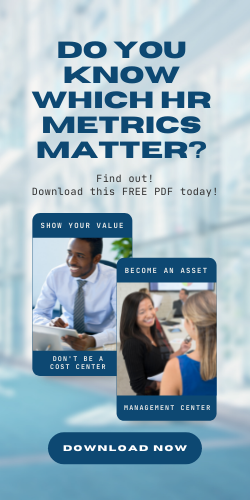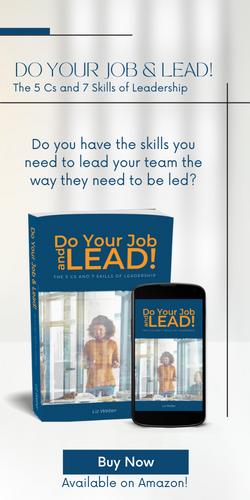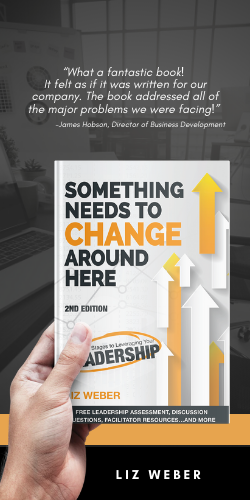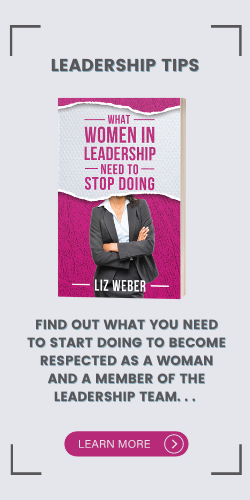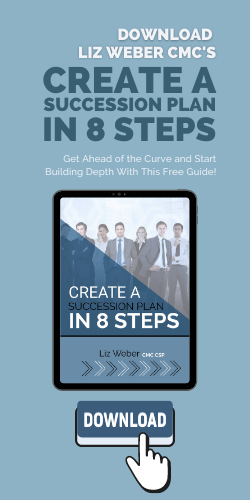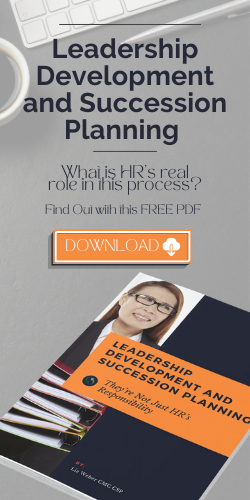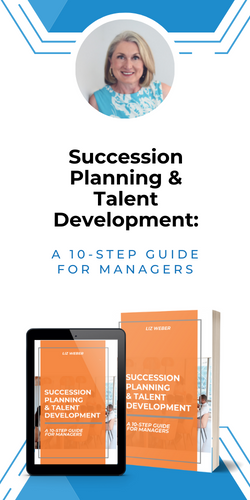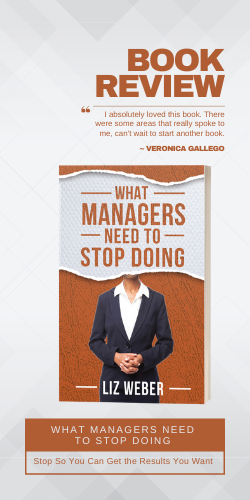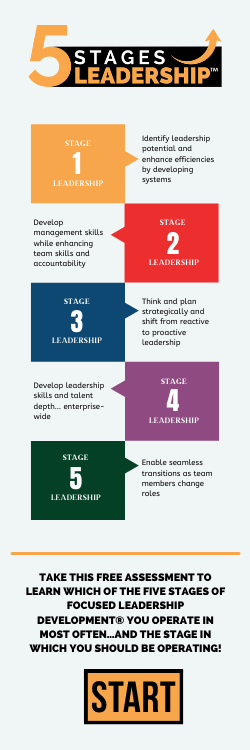We have a special guest on the blog today. David Graham, founder of Executive Insight, has written a terrific article that we’d like to share with you.
How do you empower HR leadership teams to deliver more business value?
Visit David Graham‘s blog for more great articles.
This article, produced by Deloitte Human Capital discusses the role of the HR COO. If you have any questions, contact Jack Sellschop at jsellschop@deloitte.co.za or Gareth Evans at garevans@deloitte.co.za
 The emerging role of the HR COO – Empowering HR leadership teams to deliver more business value
The emerging role of the HR COO – Empowering HR leadership teams to deliver more business value
Despite the proven benefits of HR transformation, business executives and HR leaders alike continue to voice frustration with HR’s ability to deliver value. With no shortage of talented people doing great work, what is the problem? All signs point to the need to rethink how HR organisations deliver on the promise of supporting the business – with a new role designed to drive performance improvements across the entire HR organisation, namely the HR Chief Operating Officer.
The business wants more – not less – from HR
Business leaders today fully understand the value of people. They can clearly articulate their top people priorities – and are more than willing to invest to get what they need. At the same time, Chief Human Resources Officer (CHRO) leaders know they have to deliver what the business needs and wants. As a result, when business and HR leaders sit down to work together, they are often focused less on what needs to be done, and more on how.
Predictably, business leaders want better, faster and more compliant HR services at a lower cost and an HR organisation that can turn on a dime to support their ever-changing business strategies and goals. Unfortunately, many HR organisations continue to struggle to meet those demanding requirements.
The challenge of getting to “better, faster, cheaper and more agile” is daunting for any organisation, but it is doubly difficult for HR organisations, where many leadership teams still operate with structures and roles that have been in place for decades.
The traditional model for HR leadership
Today, a typical corporate HR leadership team is led by a CHRO and includes HR VPs for business units, HR VPs for Centres of Expertise (e.g. Compensation and Benefits), a VP for HR Operations, a VP for HR Technology, a head of legal for HR and an HR controller. Some leadership team members have dual reporting relationships, which can include direct lines to the CIO, CFO, CAO or Chief Legal Counsel.
Within this familiar structure, leadership team roles and responsibilities are predictable. For example, HR VPs for business units are naturally focused on business unit HR issues. Centre-of-Expertise leaders concentrate on HR policies and programmes. Leaders for HR Shared Services and Technology manage operations and technology. And so on.
In terms of operating model, HR leadership team members typically have their own budgets and resources and are responsible for developing an annual operating plan to support their priorities and projects. Implementation, however, is often the responsibility of an IT or Shared Services group, which may have its own resources and budget. Members of the leadership team and their organisations provide implementation support as needed, such as communications assistance or loaned resources.
This traditional model works well as far as it goes – but it does not go nearly far enough. For example, when coordination is required across multiple functions and business units (such as merger integration or enterprise-wide rollout of a new HR initiative), the model falls short. In those circumstances, integration is typically handled on an ad hoc basis through an informal network of “go-to people” in the HR organisation. The network steps up and pulls together to handle deals when they happen, with leadership often provided by an experienced team of HR leaders. Success hinges on relationships and special effort rather than reliable processes, lines of authority and structure. As a result, there is often a gap between the expectations of business leaders and what HR is set up to deliver.
What’s not working?
 Most HR leaders can point to an innovative service they developed to solve a critical business challenge. Their stories have a familiar theme: the work required a lot of cooperation, goodwill and effort by HR people who stepped up to the challenge to get something important done. The examples are hard to replicate because they required huge commitments of time and energy.
Most HR leaders can point to an innovative service they developed to solve a critical business challenge. Their stories have a familiar theme: the work required a lot of cooperation, goodwill and effort by HR people who stepped up to the challenge to get something important done. The examples are hard to replicate because they required huge commitments of time and energy.
Similarly, many HR organisations have gone through successful HR transformation programmes. By design, these programmes come to an end point at which the transformation of current HR services (or the development of new HR services) stops. There is rarely a structure in place to sustain the cycle of continuous performance improvement.
These two scenarios illustrate a fundamental dilemma. On one hand, HR leaders understand that the business understands the value of people and is willing to invest in people more than ever before. Yet on the other hand, their HR organisations are not prepared to take advantage of this opportunity with their current structures, roles and processes. HR leaders understand this dilemma and want a solution to this problem.
Rethinking structure
To help HR organisations seize this business challenge, we propose a simple step in the evolution of HR organisations: a division of responsibility between HR executives who focus primarily on what needs to get done and those who focus on how it gets done. That step requires creating a new, senior HR role – the HR Chief Operating Officer.
The HR COO is the leader who focuses on how HR services are delivered, as well as the design, development and implementation of HR services. The person in this new role will drive efficiency, effectiveness, cost and compliance for all HR services. The table on page three shows the division of responsibility in the HR leadership team when an HR COO is established.
Getting it done
Like any other leadership position, the role of the HR COO should be defined to establish clear lines of responsibility and reporting relationships. However, because solid line reporting relationships will not always exist, the influence element of the HR COO role should also be well defined.
Responsibilities
- Current HR service delivery, as well as driving improvements, to provide efficient, effective and compliant HR services
- Design, development and implementation of new HR services
- Development and implementation of business-focused HR metrics
- Delivering reliable workforce data with corresponding workforce reporting and analytics
- Development of the overall HR budget and analysis of total HR spend
- Development of a vendor management plan
- HR compliance and risk management
- Project management, including building capabilities for HR to manage projects such as Six Sigma in HR
- Development and implementation of an HR technology strategy to support the business needs
Structure
The HR COO role will generally have a combination of solid-line and dotted-line reporting relationships.
Influence
The ability to exert influence is always important in leadership, but it is even more critical in structures with multiple dotted-line reporting relationships. HR COOs and their direct and indirect reports need a solid understanding of how goals are set and how performance will be evaluated. This requires clarity about who influences and shapes day-to-day work, as well as longer-term career needs of these individuals.
Strength through business results
The HR COO is a new and evolving role, but from organisations that have taken early steps in this direction, there are clear indications of common themes that drive effectiveness.
For starters, the HR COO role depends on having a clear and communicated mandate to drive HR service delivery, with responsibility for HR efficiency, effectiveness and compliance. As such, it requires full support of the Executive Committee and the HR leadership team. The HR COO will need to develop working relationships with members of the senior leadership team. One way to gain that support is to establish shared HR leadership team goals that are part of each member’s performance objectives.
Looking ahead
To put it simply, the HR Chief Operating Officer is not a role that someone can be phased into overtime, nor can it be piloted. It requires a depth of conviction from CHROs who know they are not yet delivering the services that the business needs. In the months and years ahead, more and more CHROs will embrace the HR COO model as they strive to crack the code for operational excellence in HR service delivery. Recognising that even the best people cannot excel in a sub-optimal operating model, they will make the call that only leaders can make – to change the operating model of the HR organisation to harness the power of how.
What are your views on the role of the HR COO? We would love to hear from you.
Reposted with permission: ©2011 David Graham All Rights Reserved If you want to re-post or republish, please contact David Graham.
David Graham founded the Executive Insight blog with a primary objective is to share business-related content around strategy, innovation, human capital, technology, risk management, tax and my favourite, digital and social media marketing to decision-makers. He also participates in LinkedIn and Twitter and welcome your feedback, comments and dialogue.
He manages all digital channels for Deloitte Consulting in South Africa. Connects and shares with like-minded and influential people. Married, three children, mountain biking, outdoors, good food, red wine, Lions (local rugby team in SA).



